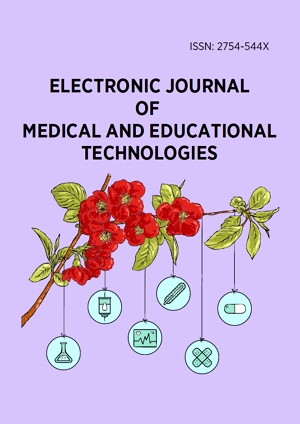Abstract
Introduction: Postoperative pain relief is of paramount importance in any surgery.
Objective: To compare the effect of local infiltration of bupivacaine versus placebo for post-operative pain relief following inguinal hernioplasty.
Materials and Methods: Ours was a prospective randomized controlled trial conducted on 120 patients undergoing elective Lichtenstein hernioplasty. Patients were divided into two groups of 60 each. One group received local infiltration with 10 mL bupivacaine 0.25% below the external oblique aponeurosis and 15 mL bupivacaine 0.25% subcutaneously after completion of the surgical procedure. The other group received an equal amount of normal saline infiltrated in the similar manner. Visual Analogue Scale measured the pain.
Results: The baseline parameters were similar in both the groups. Postoperative pain was significantly decreased in patients receiving bupivacaine (p < 0.05). Mean time to first request for rescue analgesic was increased from 245 + 19.42 minutes to 472 + 19.42 minutes (p < 0.05). The consumption of supplementary analgesics during the 24-hour study period reduced from a mean of 2.8 + 0.12 to 1.7 + 0.09 doses in bupivacaine group (p < 0.05).
Conclusion: Local infiltration of bupivacaine is an effective modality for post-operative pain relief in inguinal hernioplasty.
Keywords
License
This is an open access article distributed under the Creative Commons Attribution License which permits unrestricted use, distribution, and reproduction in any medium, provided the original work is properly cited.
Article Type: Original Article
EUROPEAN J MED ED TE, Volume 13, Issue 3, September 2020, Article No: em2011
https://doi.org/10.30935/ejmets/8322
Publication date: 06 Jun 2020
Article Views: 2683
Article Downloads: 1881
Open Access References How to cite this article
 Full Text (PDF)
Full Text (PDF)